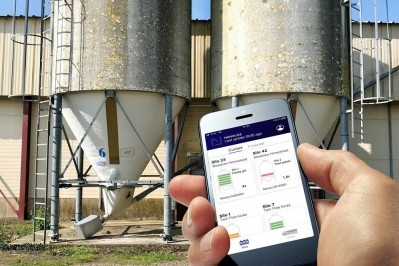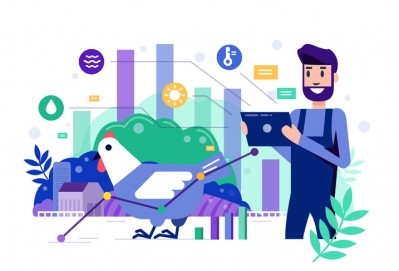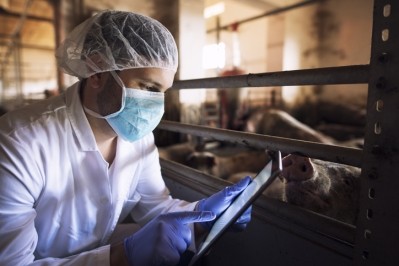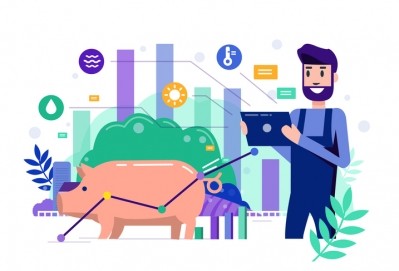2 Sisters takes production data management digital

Netherlands-based 2 Sisters Storteboom, part of 2 Sisters Food Group, has signed a contract to use Evonik’s cloud-based Porphyrio software to digitalize management of data from its European poultry production operations.
“2 Sisters will be able to collect and analyze broiler farm data. That is the advantage of IoT (Internet of Things) and Cloud. Firstly, this will help with better development of the birds, to improve long and short-term planning of slaughtering. Secondly, they will be able to compare the performance and efficiency of the farms, considering the specifics of each farm,” Dr Kristof Mertens, managing director of Evonik Porphyrio (Belgium), told FeedNavigator.
In a press release issued last week, Harm Laros, managing director at 2 Sisters Storteboom and head of European Poultry, said implementation of the software system would allow the company to “optimize our production to ensure the right products at the right time as well as to strengthen relations with our broiler suppliers and agri-business partners”.
Porphyrio: what it does
Evonik’s Porphyrio is cloud-based software conceived to support poultry production from breeder farm to slaughter house by collecting, processing and analyzing livestock data in poultry meat and egg production.
The system collates farm data, from flock information (number of birds, date of hatch, date of placement, genetics, production cycle length) to technical performance data such as feed intake, water intake, bird weight, mortality, selection and climate (temperature, relative humidity, CO2).
“Data collection is done by IoT (automatic collection via internet) from farm control systems, or other sensors such as scales, and ERP systems. Data can also be collected manually or alternatively via a picture of the flock chart,” explained Mertens.
He said that by using the available data in combination with big data, biostatistics and smart algorithms, the software supports the daily management of the animals. Flock management, predictions of performance, welfare management, health management in terms of vaccinations and treatments and feed stock management can all be approached with more precision, according to Evonik.
Predictive technology
At the heart of the software is a prediction engine based on self-learning algorithms.
“Development of the algorithms started 15 years ago at the University of Leuven, Belgium. The models are based on knowledge of poultry and biostatistics, making use of big data and AI (artificial intelligence) technologies. Models are calibrated based on this big data and adapted in real time to make the most accurate predictions for each sitting flock,” explained Mertens.
For example, short term predictions (1-2 days ahead) form the basis of the system’s ‘early warning system’, which alerts the farm when incoming values differ from the normal behavior of the animals. Long term predictions are customized to the sector – using average bird weight 7-14 days ahead for broilers.
The user can access the results via a dashboard on a browser or smartphone app, where they are shown as tables, graphic presentations and benchmarks. Comparisons can be drawn with the wider industry as well as internally, for example, between different farms.
Right weight at the right time
Besides being able to collect and analyze farm data, 2 Sisters will be able to reduce its paperwork burden, according to Mertens.
“The Porphyrio system helps to completely digitalize and partly automate the creation of the feed chain information forms, which are legally required for each farm in order to deliver broilers to the slaughterhouse,” he explained.
The poultry processor will also be able to ensure that the broilers meet the demands of retail and food service customers in terms of weight, timings and quality, through the system’s planning module for slaughter houses.
“Last but not least, there will be a link with the slaughter house system; quality information for the birds will be available directly via the dashboard, giving the farms quick feedback,” said Mertens.








